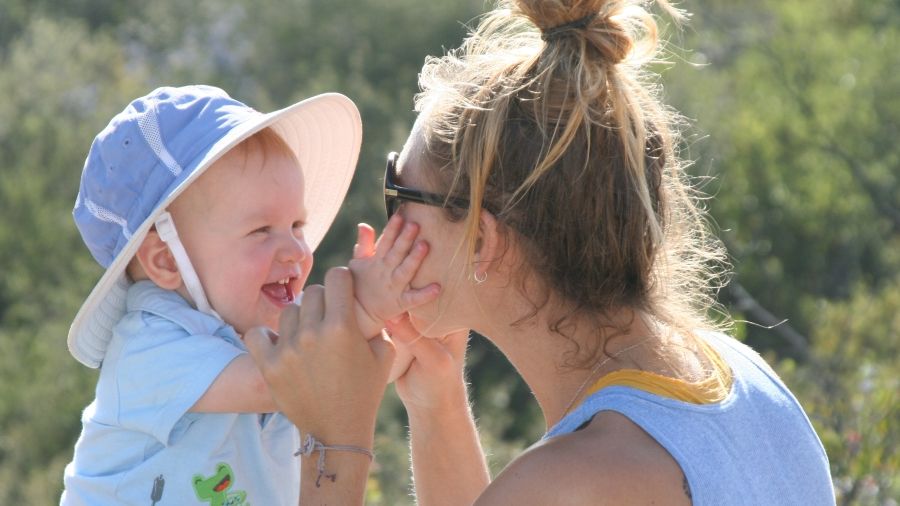
Few people today would argue the importance of connecting with nature. Mounting research strongly indicates that spending time in nature benefits our physical and mental health, and our overall well-being as humans. It is particularly important for children—especially young children—to have frequent and varied opportunities for unstructured play in the natural world as a healthy and fun part of their everyday lives.
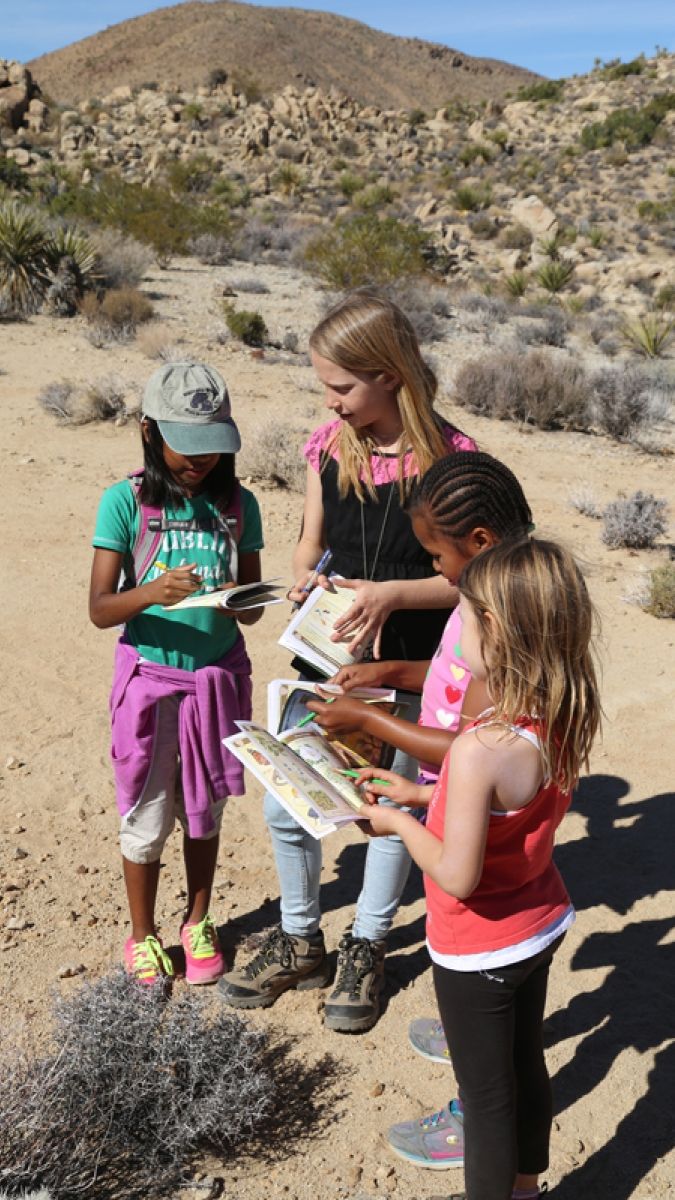
Janice Swaisgood
In the international best seller Last Child in the Woods, author Richard Louv coined the term "Nature Deficit-Disorder," which describes the human cost of alienation from the natural world. It is not a medical diagnosis, but Louv brought to the forefront the fact that in many societies in the United States and around the world, children are "disconnected" from nature. They don't play outside much anymore and experience nature. They don't bond with nature (or each other in many cases) like they used to. This may be particularly true for urban families and those in stressed communities. A growing disconnect from the natural world, coupled with little unstructured time to play outdoors, means that the health of our children, our families, and our planet are at risk.
Hope for the Future
But there is hope. Organizations are beginning to come together worldwide to effect change. The Children & Nature Network (C&NN) supports grassroots and institutional efforts to connect children, families, and communities to nature around the world, and has established many partnerships to that end. C&NN is building a network of individuals, institutions, and organizations that see the value and importance of what Richard Louv calls a new endangered species: the child in nature. Through this growing network, one of C&NN's main initiatives is the promotion and establishment of Family Nature Clubs as a means of breaking down common barriers to connect children, families, and communities to nature.
What Is a Family Nature Club?
Family Nature Clubs (FNCs) are made up of groups of families with one or multiple organizers that invite others to share in their passion for the natural world and connecting children and families to it on a regular basis. They provide the support and security needed by many families to venture out into the world together, sometimes for the first time as a family. By accident and by design they address the multitude of factors keeping today's families out of nature. The fun element of this "play date on a trail" makes nature more competitive with the lure of digital devices. Asking families to make a commitment via the RSVP function on online meet ups helps over-scheduled families keep nature on their calendars (just like a gym buddy helps you keep your exercise appointment). Having an experienced leader to show them where to go to explore nature removes the uncertainties and hassles of finding a good place to go. And, the group setting provides reassurance to allay fear of strangers or dangers of nature itself.
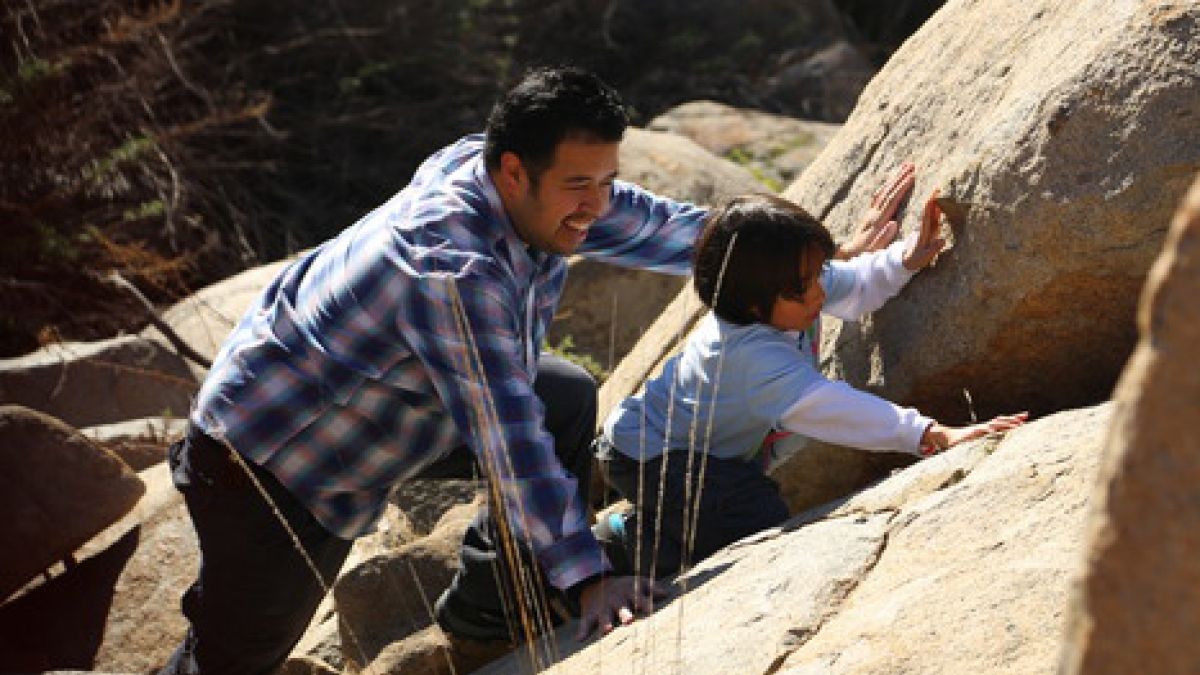
Janice Swaisgood
In fact, not only do FNCs address many of the most common barriers to exploring in nature, they also help strengthen family bonds and build a sense of community that often seem lost in today's society. Ask parents what they are looking for, and many will say they are looking for quality time with family and a better connection to their community. Participating with children and families in a Family Nature Club provides an exceptional way to engage people, instill conservation values, connect with the community, and ultimately take actions towards saving species and their habitats. Almost to a person, prominent leaders in the conservation and environmental fields will cite childhood experiences in nature as the instigator toward their career or advocacy path for nature. If we want environmental leadership in the future, we will need today's children to spend more time in nature.
Getting Started with Family Nature Clubs
The concept of a Family Nature Club may not be a new one; they have informally existed for decades in some cases. But when Richard Louv wrote of their importance and value in Last Child in the Woods, he invited people to consciously go forth and start Family Nature Clubs as a vehicle for addressing nature-deficit disorder and restoring the broken bond between children and nature. Shortly thereafter, the Children & Nature Network, co-founded by Louv and others, created a resource to support those who would like to start a Family Nature Club. The Nature Clubs for Families Toolkit has since been translated into multiple languages.
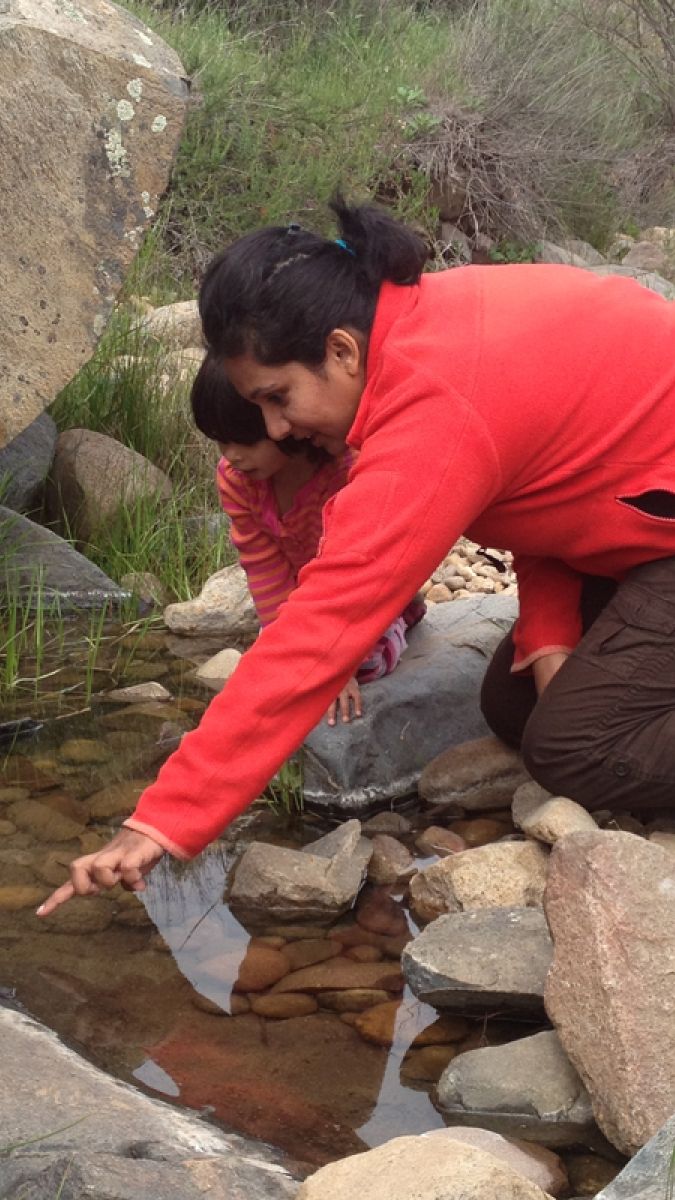
Janice Swaisgood
When you are ready to get started with a Family Nature Club, there are a few options to get you started. These are outlined particularly well in the Nature Clubs for Families Toolkit, and the Association of Zoos and Aquarium's adapted toolkit, Family Nature Clubs & You: Zoos and Aquariums Connecting Families to Nature. Hundreds of people across the country, and dozens more around the world, have started their own Family Nature Clubs. The following steps give a general idea of how to get your Family Nature Club up and running, whether you are doing it on your own, or in partnership with others:
1. Plan and organize. Choose the organizational structure and logistical support that makes the most sense to you. You will need to decide how often you will meet, and how much time will be involved in each adventure. Most club outings range from 1 1/2 to 3 hours in length. It is recommended to plan and organize about 6 months worth of activities to get started if you can. It will pay off to have the legwork done as you're embarking on this amazing adventure.
2. Notify and advocate. Having people or partners ready to support your Family Nature Club will be one of the keys to its success. Talk with colleagues, friends, and family as you are getting ready to launch activities, and invite them all to join you. Word of mouth is often the strongest recruitment tool a club can have.
3. Develop a marketing plan. Be sure to target the family audience in your marketing, and don't forget to include extended family members such as grandparents, aunts, and uncles. Utilize social media, email, community newsletters, and other websites to announce your clubs activities.

Janice Swaisgood
4. Know the community's nearby nature. It is a good idea to scope out suitable locations ahead of time to gauge which locations have ample parking, are child-friendly, and, as often as possible, have space for kids to run, jump, climb, and play. Finally, note any special features for each destination, including details on where to meet, parking space, applicable fees, and what to do once there, including any special regulations for the area. Remember, you don't always have to venture far; nearby nature is often the most accessible and the most fun for kids and families.
5. Make it easy. Informed and prepared organizers and participants are often the happiest ones. Your workload will be simplified by giving members consistent information about what to expect and what to bring on each adventure. The list should include items such as water, snacks, good shoes, and sun protection. Share any basic rules or expectations for when the group meets, such a how long they can expect to spend in an area, to ensure that each participant feels welcome, comfortable, valued, and respected.
6. Let the adventures begin. It is a good idea to plan your meeting times 15 minutes ahead of the scheduled departure. You can actually state that you are meeting at 9:15 am for a 9:30 am departure. This gives families a 15-minute grace period that is often needed in families with small children. Once on site, welcome each of the participants and thank them for coming. During the group welcome, emphasize the value of following the children's lead and fostering a sense of wonder and awe as much as possible. Also be sure to review any safety considerations for the area, such as poisonous plants or animals to be aware of, slippery surfaces, etc.
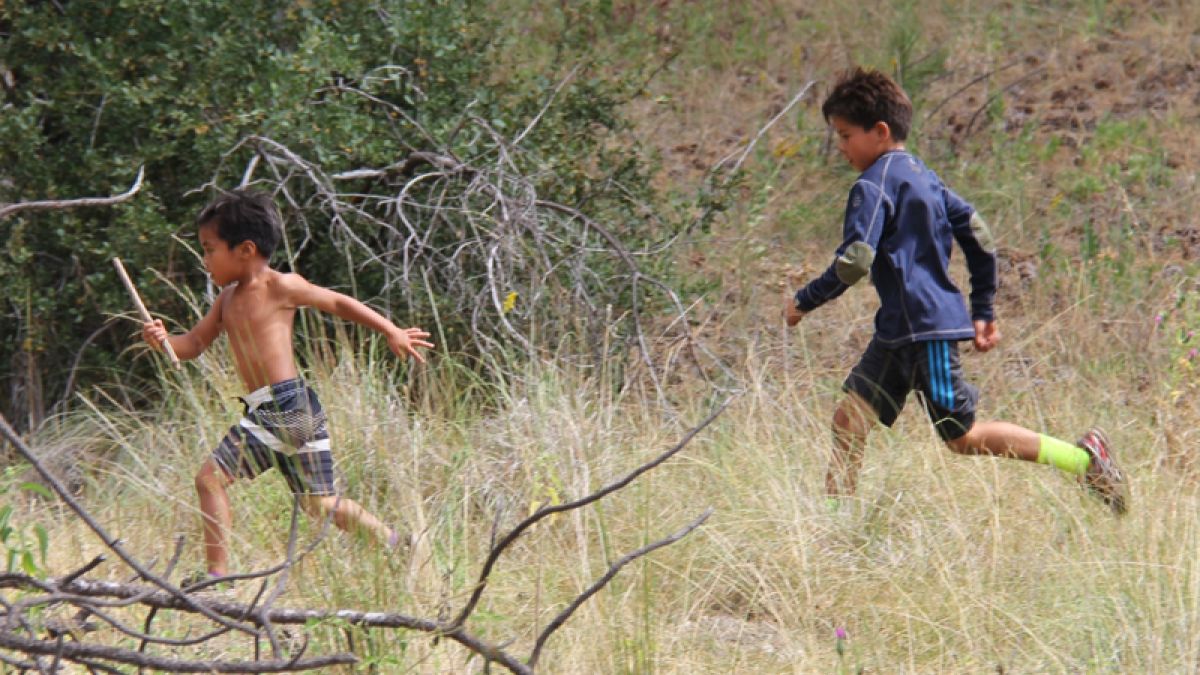
Janice Swaisgood
7. Facilitate nature play and stay flexible. Knowing what to do and how to experience a natural area or nature play space may not be intuitive to every participant. A brief introduction to what can be seen, heard, and experienced can provide a gateway but be sure to not overshadow individual experiences and discoveries. A five to ten minute overview or informal learning activity is often all that is needed to increase comfort levels and kick-start a memorable experience.
A Brighter Future for People and Nature
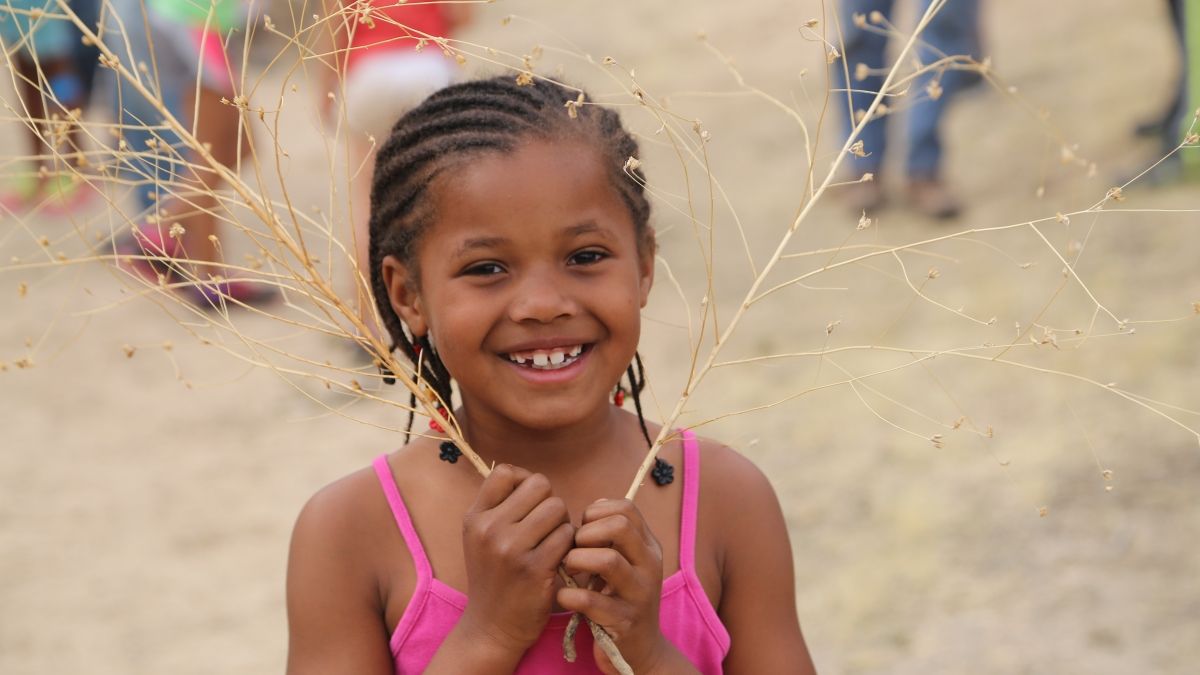
Janice Swaisgood
There is a growing realization that motivation to protect and conserve wildlife and wild places is founded on a love and understanding of nature. The influence of direct experiences in nature during childhood, especially when the child is in the company of a caring adult, can have far-reaching impacts on positive adult behavior and inspire a conservation ethic to grow and last a lifetime. There is definitely time and energy involved in starting and running a Family Nature Club, but the benefits abound for all involved. Family Nature Clubs are a great way for people to expand their individual or institutional roles in connecting people to nature, strengthening the bonds that connect families to one another and back to their community.
Additional Resources:
- Nature Play E-Guide for Families, Children & Nature Network and the Association of Zoos & Aquariums
- Pathways to Play: Overcoming Barriers to Nature Play, Children & Nature Network, AZA, & Disney
- Webinar on Risk & Resilience in Nature Play*, Children & Nature Network and AZA
*For this webinar you will be prompted first to register and will then proceed to the webinar recording.
About the Author
Janice Swaisgood is a bilingual educator by training, turned family nature advocate. Ironically, you will often find her on her computer, where she organizes people to get outside. She enjoys time exploring with her family and their club, Family Adventures in Nature San Diego. Her passion and enthusiasm are contagious! If you have questions about starting a Family Nature Club, contact Janice at [email protected].